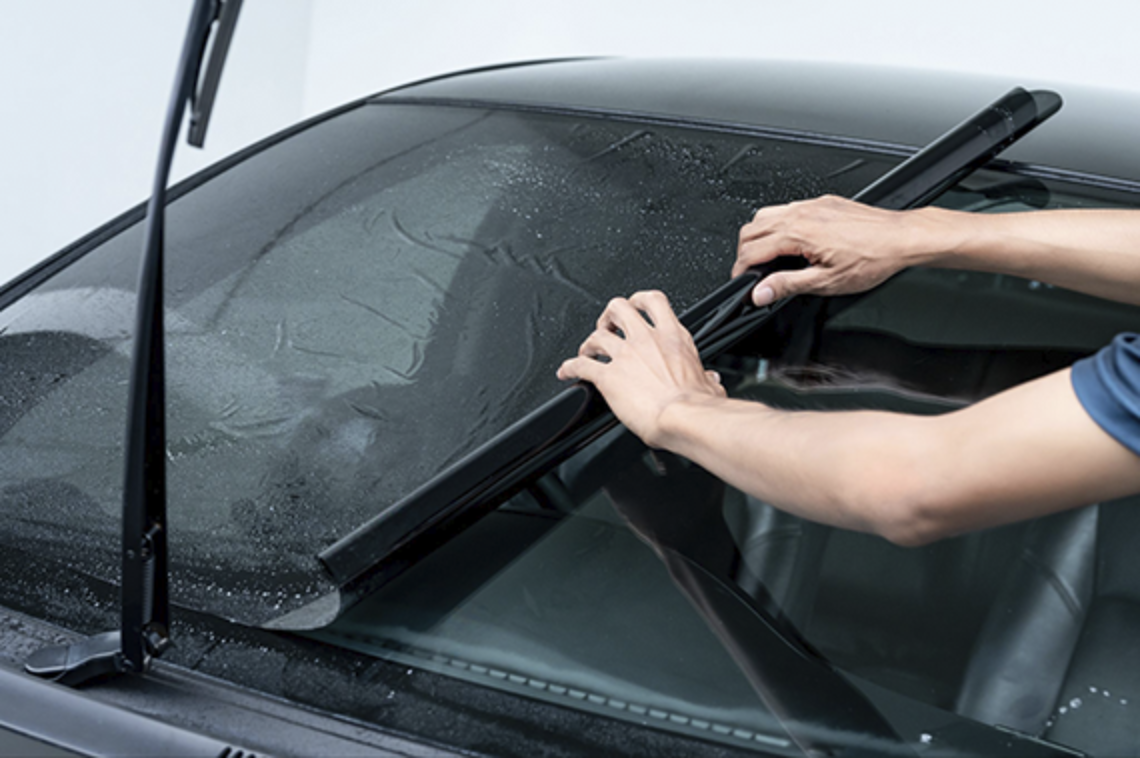At Fas Films, we specialize in high-quality automotive window tint installation that enhances the look and comfort of your vehicle. Our expert team uses premium automotive window films that not only provide a sleek aesthetic but also deliver numerous functional benefits.
At Fas Films, we prioritize quality and customer satisfaction. Our automotive window tinting process includes:

Our advanced Automotive window tints are designed to reject up to 99% of harmful UV rays and reduce heat inside your vehicle. This means you can enjoy a cooler cabin, minimizing the need for air conditioning and improving fuel efficiency.
Protect yourself and your passengers from the damaging effects of UV rays. Our automotive window film tint for cars helps block these rays, reducing the risk of skin cancer and preventing your car’s interior from fading and cracking over time.
With our automotive glass tinting options, you can enjoy greater privacy and security. Darker window tints deter prying eyes and keep your belongings out of sight, giving you peace of mind while parked or on the go.
Say goodbye to annoying glare that can distract you while driving. Our auto window tint films significantly reduce glare from sunlight and headlights, providing a safer driving experience, especially during bright days or at night.
Transform the look of your vehicle with our selection of stylish window tints. Whether you prefer a subtle enhancement or a bold statement, we offer a variety of shades to suit your personal style and vehicle design.
Ready to transform your vehicle with our automotive window tinting services? Contact us today to schedule an appointment or request a free quote. Experience the difference that professional automotive window tinting can make!

